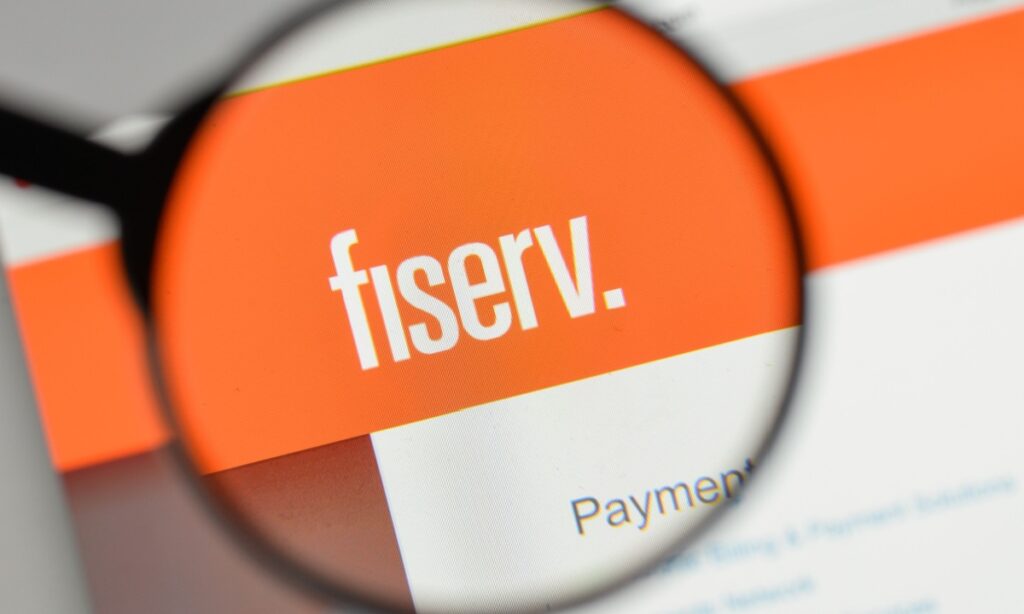Implementing AI-powered automation in a small or mid-size business can optimally streamline operations, enhance productivity, and reduce overhead costs over time. This article provides a step-by-step guide that outlines how to design, deploy, and monitor such automation without requiring extensive technical expertise.
Before diving into implementation, it’s important to establish certain prerequisites. First, identify the business processes that can significantly benefit from automation. Examples might include invoice processing, customer inquiries, or inventory management. Secondly, secure access to automation tools that incorporate AI, such as platforms like Zapier, Microsoft Power Automate, or specialized software targeting your industry. Lastly, assemble a project team that includes an operations manager, a few relevant staff members, and, if possible, a consultant familiar with automation tools.
Now, let’s move into the configuration steps. Start by identifying the key tasks within the chosen process. For example, if focusing on invoice processing, you could break it down into steps like receiving invoices, validating their details, and processing payments. Document each step to ascertain task requirements and identify any possible inefficiencies.
Next, map the workflow. This means visualizing each task and how they connect using flowcharts or diagrams. Ensure you define triggers for when the automation should initiate. In the invoice example, you could set the trigger to be when a new invoice arrives in an email inbox.
It’s time to deploy your automation solution. Choose an AI automation tool that seamlessly integrates with existing business systems, such as email and accounting software. Most platforms will feature user-friendly interfaces and guided processes to simplify deployment. For instance, in a tool like Microsoft Power Automate, you would create a new flow, choose your trigger (like an incoming email), and then define subsequent actions, like extracting relevant information from the invoice.
Testing the automation process is crucial. Once deployed, conduct tests with sample data or trial invoices to monitor system responses and outputs. Make adjustments as necessary. For instance, if the automation misses certain invoice items, revisit your configuration to refine how the tasks are executed or how data is extracted.
Monitoring automation should be an ongoing process. Set up systematic checks using dashboards that allow you to visually track the performance of the automations. Most platforms provide analytics features, enabling you to see metrics such as task completion rates and time saved. Regular monitoring ensures that the automation continues delivering expected outcomes.
Error handling can significantly improve efficiency. Implement alert mechanisms within the automation tool to notify team members of issues if tasks fail or if input data appears erroneous. Designate a contact person to troubleshoot these issues to ensure swift resolution.
Cost control is another vital consideration. Before finalizing your automation strategy, calculate associated costs, including software licensing, potential upgrades, and personnel training. Regularly assess the financial impact as well. Comparing costs against the output generated by automation helps measure ROI effectively.
Data security, retention practices, and privacy measures must also be prioritized. Make sure to follow guidelines like GDPR or CCPA if your business deals with customers in regions with stringent privacy laws. Implement data encryption and establish protocols for data access to protect sensitive information. Also, ensure that your AI tools have robust security standards in place to mitigate breaches.
Vendor lock-in can be a concern if your automation relies heavily on proprietary tools. To minimize this risk, choose platforms that support data portability and recognize open standards. This enables easier migration should you decide to switch providers down the line or diversify your tools.
To estimate ROI, consider factors like time savings, reduced error rates, and increased customer satisfaction. Calculate the cost of your automation solution versus the financial benefits realized through efficiency and performance improvements. Monitor this over time to adjust strategies as necessary.
Ongoing maintenance is crucial for long-term success. Periodically review the automation to ensure it adapts to any business changes. Regular training sessions for staff will keep them informed about new features and best practices, maximizing the effectiveness of your automation tools.
FlowMind AI Insight: Embracing AI-powered automation can transform small and mid-sized businesses by improving operational efficiency and enhancing customer experiences. By following a systematic approach to design, deployment, and monitoring, organizations can capitalize on the potential of automation, paving the way for sustained growth and innovation.
Original article: Read here
2025-09-29 22:39:00

